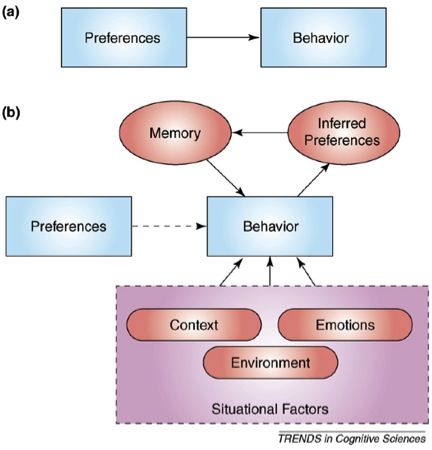The American workplace is going to the dogs. Or rather, the dogs are going to the American workplace.
Friday is the 15th annual Take Your Dog to Work Day. And here in the pet-crazed Bay Area, the local canine contingent is expected to descend upon Internet startups, nail salons, auto-body shops and all manner of job sites as part of a yapping, shoe-chewing, scraps-begging trend that shows little sign of being curbed.
But for the many pets who already accompany their owners to work, Friday will be just another dog-day shift at the office. To get a peek at what this fur-infused scene might look like, drop by any day of the week at Addis Creson, a brand-strategy firm that has been welcoming its employees’ four-legged friends at its Berkeley location for 17 years.
“We’ve got five dogs in the office right now, all different shapes and sizes,” CEO Steve Addis said by phone this week. “It’s a great benefit for our employees because it assuages that guilt you feel leaving your dog at home.” And how’s everyone getting along? “We’ve only had to kick out two in all the years we’ve been doing this,” he said. “One was a Great Dane that got aggressive with another dog; the other attacked a parrot that a colleague had brought to work. That’s when we decided to change our policy to just allow dogs.”
Dogs are becoming a common presence in many workplaces. Nearly one in five companies in the United States now allows pets in the Advertisement workplace, according to a survey by the American Pet Products Association. Another poll by that group last year revealed that on any given day 1.4 million owners take some 2.3 million dogs to work at firms including Google (GOOG), Zynga and Amazon. And everyone seems to be taking their pets a lot more often: an average of 22 times in 2012 versus 17 times in 2008, a 29 percent increase.
“We’ve found that Americans’ love affair with their pets is at an all-time high,” said Beth Stultz, spokeswoman for Pet Sitters International, an educational association that created Take Your Dog to Work day in 1999. And as more and more employers see the important role pets play in their employees’ lives, we’ll see that trend continue to grow.”
That’s not surprising, says self-described pet psychic Barbara Reed with San Francisco-based Intuition for Animals. In her work helping pet owners whose animals are having “issues of some sort,” Reed has come to see firsthand the benefits of working men and women having man’s best friend at
Warren Bell sends out emails with his dog Moe de Maupassant in his office at Swift Test in Santa Clara, Calif. on Thursday, June 20, 2013. Bell is vice president of sales for the company and brings Moe to work with him every day. Moe even has his own business card with his title, chief customer satisfaction officer. Friday is National Take Your Dog to Work Day. (Gary Reyes/Bay Area News Group) (Gary Reyes)
their side all day long.
“Dogs can greatly reduce the stress people often feel at work,” Reed says, “because of their own quietude. When we observe them sitting there and accepting whatever happens around them, that helps keep us humans calm. And then when the dog gets goofy, that helps lighten things up.”
Dogs, it appears, are the best thing since sliced bread. Credited with everything from reducing their owners’ heart risks to helping them quit smoking, the more than 77 million pet dogs in the United States are increasingly being heralded as workplace heroes. Employers who allow and even encourage staff members to punch their time clocks with Fido in tow sometimes describe on-site dogs as miracle workers.
CEO Addis, for example, talks about how “dogs have such a wonderful optimism. We’ll have a staff meeting and just having the spirit of the dogs in the room has an intangible effect on people’s attitudes, and that drives their creativity and loyalty to the company.”
For Warren Bell, vice-president for worldwide sales at technology company SwiftTest in Santa Clara, Take Your Dog to Work Day feels like every other day for the past two years, dog-at-work-wise. Moe, his Australian shepherd-border collie mix, practically runs the joint. He commutes with Bell daily from their Saratoga home. He has his own business cards embossed with his title — chief customer satisfaction officer. He has his name on the door. He sits in on conference calls, delivers memos around the office, and drops in often on the office of CEO Philippe Vincent.
“Having Moe on a conference call or at a client meeting helps us break the ice,” Vincent said. “And every time we close a deal, Moe’s a big part of the celebration.”
Bell said Moe has pawed his way into SwiftTest’s corporate culture.
“He’ll sit in on all company meetings and participate in strategy,” said Bell, tongue partly in jowl. “And if we start debating and things get a bit contentious, as they sometimes do at startups, Moe will ease the tension just by walking around and soliciting pets and rubs. You can just feel the stress melt away.”







